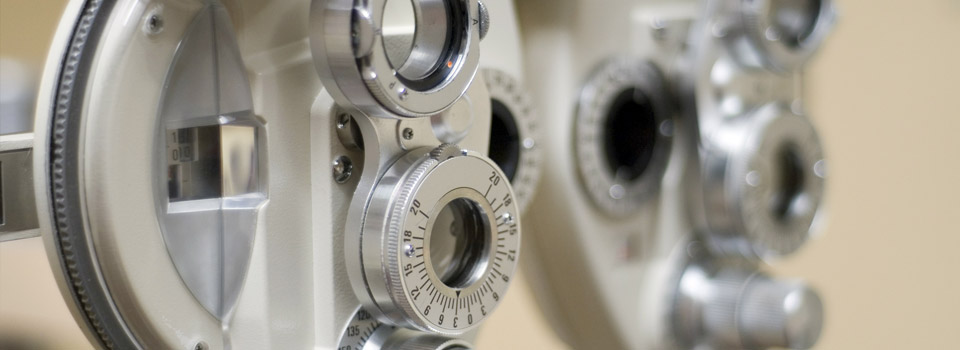You may wonder why your optometrist asks about your medications and may specifically question you about high blood pressure. High blood pressure, or hypertension, is a common disorder, affecting about 33% of adults between ages 40-59 and 63% of adults over the age of 60. It is a leading cause of heart disease, stroke, and kidney disease.
Many of my patients haven’t had their blood pressure checked or monitored because they feel fine, don’t like going to the doctor, and don’t like taking medications (especially if it affects the cost of their travel insurance!). As a personal aside, my grandmother fit this profile perfectly - she was healthy and active and when she had a high blood pressure reading in her doctor’s office, she brushed it off and then didn’t follow-up for another two years. By that time, even though her heart was still healthy, her kidney function was affected. This limited medical therapy options for the rest of her life, as her kidneys could not handle many important medications.
Hypertension can affect the small retinal blood vessels at the back of the eye. An optometrist can see changes in the blood vessel structure (narrowing, signs of hardening of the vessel walls), small hemorrhages or leakages from the blood vessels, and plaques or blockages of the blood vessels. If I see any of these changes in a patient who is not taking blood pressure medication and/or monitoring their blood pressure, I may check their blood pressure in-office and send a referral to the family doctor for follow-up.
Ideally, though, my patients are already working with their family doctor to monitor blood pressure, and treatments are initiated BEFORE the hypertension causes damage to the retinal blood vessels that I can see in my exam. Blood pressure in adults should be checked at least once per year. Blood pressure measurements between 121-139/80-89 are considered medium risk and measurements greater than 140/90 are considered high risk.
Lifestyle modifications, such as diet and exercise, can be an effective way to lower blood pressure. Each 1kg of weight loss of (2.2lbs) can lower the blood pressure by 1mmHg. Diet recommendations are shifting away from low fat diets, and towards a diet that integrates healthy fats and whole food, and avoids refined carbohydrates and sugar. The Canadian Heart and Stroke Foundation recommends 150 minutes of aerobic activity per week.
Dr. Lisa Scharf, Optometrist


